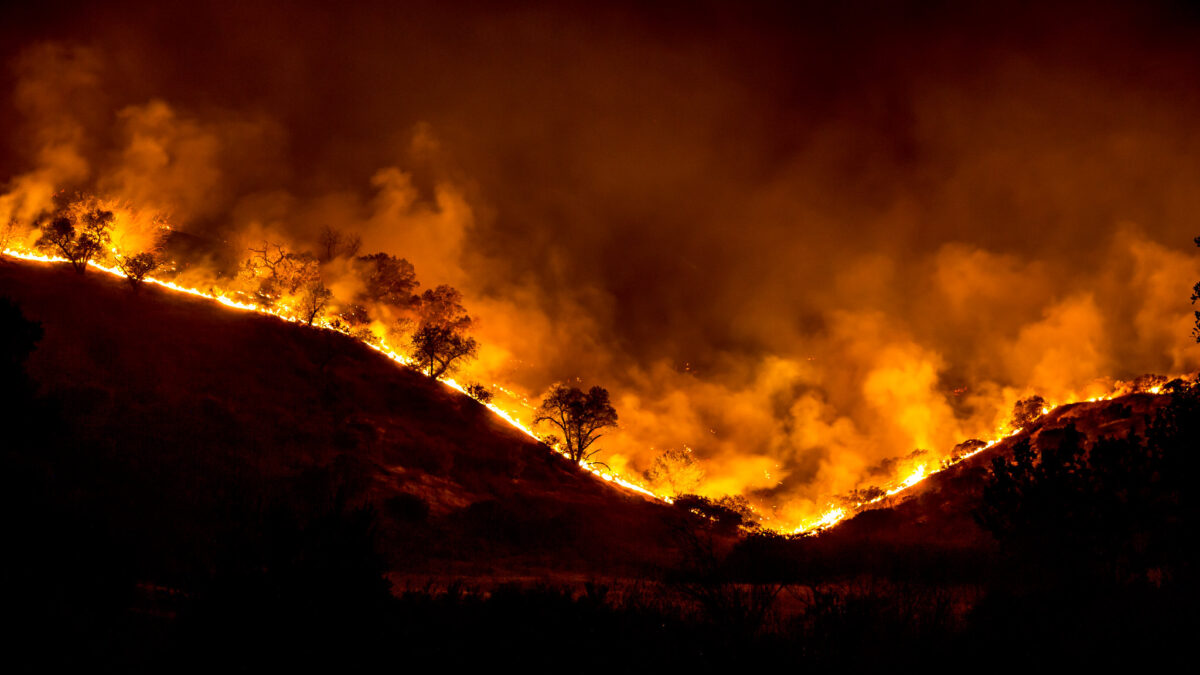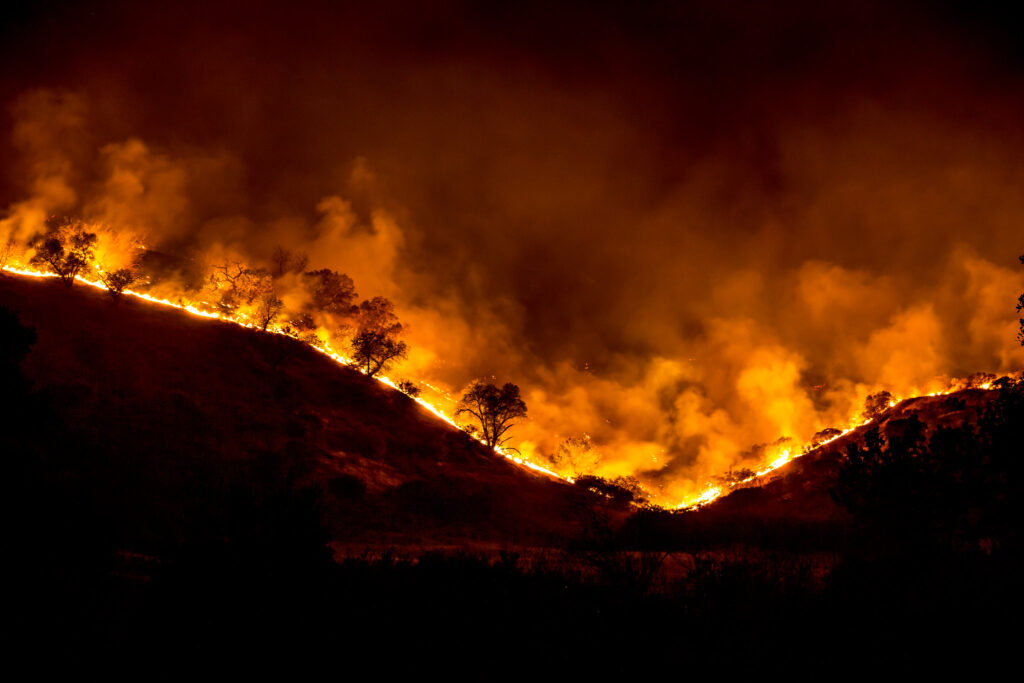Federal wildfire commission sets strategy to supply aerial firefighting equipment

With wildland fires becoming a near-constant risk nationwide, aerial assets bring unique response capabilities to wildfire suppression. Image courtesy of Wildland Fire Mitigation and Management Commission

The Biden-Harris Administration’s Wildland Fire Mitigation and Management Commission has just released a report outlining a strategy to meet aerial firefighting equipment needs through 2030. As climate change fuels longer and more intense wildfire seasons, aerial assets bring unique response capabilities to wildland fire suppression. The report reexamines existing approaches to aviation fleet procurement, mobilization, composition and quantity to set aviation management of wildfires on a new trajectory for the next decade and beyond.
The Commission, created by President Biden’s Bipartisan Infrastructure Law and announced in December 2021, was charged with making recommendations to improve federal policies related to the mitigation, suppression and management of wildland fires in the United States, and the rehabilitation of land in the United States devastated by wildland fires.
The Commission — chaired by the Secretaries of the Interior and Agriculture and FEMA Administrator Deanne Criswell — was tasked with developing two reports to Congress: the report on aerial firefighting and another report scheduled for release in Fall 2023 that delivers a comprehensive set of recommendations to address the nation’s wildfire crisis. The Commission, composed of representatives from federal agencies, state, local and Tribal governments and representatives from the private sector, meets monthly to discuss and craft these recommendations.
Climate change and associated extreme weather events are being felt by communities across the country. We are seeing a surge in devastating floods, more energized hurricanes and a wildfire season that’s now a year-long threat. Wildfires in particular are becoming a near-constant risk, destroying lives and property nationwide. To respond to these increasing threats, we must use every tool at our disposal while reexamining existing approaches to better protect people. This report is an example of the type of work required to mitigate climate risks and we will continue to work with our partners across the Biden-Harris Administration to improve federal policies related to America’s persistent fire problem.
FEMA Administrator Deanne Criswell
Findings and recommendations outlined in the report include:
- The need for the development of new or updated aviation resource benchmarks and national procurement models and the need for greater coordination with partners in these efforts,
- Improvements to appropriations, contracting, staffing and interoperability to improve the use and availability of existing resources,
- Improvements and limitations to the military surplus process and equipment, and
- Additional considerations, including aviation resource use in beneficial fire and the emerging importance of Uncrewed Aerial Systems.
In developing these recommendations, the Commission sought to address several key themes: the need to develop an overarching, forward-looking aviation strategy that drives procurement, rather than letting aviation approaches become constrained by current practices; the need to invest in both technology and people to build an aviation fleet that meets long-term demand; and the need to take an inclusive approach to the range of functions aerial resources can serve as well as the range of entities that must be included in development of a national aviation strategy.
In addition to establishing the Commission, the Bipartisan Infrastructure Law provides historic funding for a suite of programs aimed at reducing wildfire risks, detecting wildfires, instituting firefighter workforce reforms and building more resilient infrastructure.
The Bipartisan Infrastructure Law also supports landmark pay increases for federal wildland firefighters, which aim to bring federal firefighter pay in alignment with their state and local counterparts, while aiding in recruitment and retention of a more permanent and stable wildland firefighting force across the federal government.
These investments support the implementation of the Department of the Interior’s Five-Year Monitoring, Maintenance, and Treatment Plan, which provides a roadmap for addressing wildfire risk on Department of the Interior-managed and Tribal lands. They also support the USDA Forest Service’s Confronting the Wildfire Crisis strategy, which aims to treat 20 million acres of national forests and grasslands and 30 million acres of state, local, Tribal and private lands over the next 10 years to reduce wildfire risk where it matters most. These plans help facilitate the collaborative work between the two Departments.
The Commission’s work builds on existing interagency federal efforts, such as the Wildland Fire Leadership Council and the White House Wildfire Resilience Interagency Working Group, and will continue to pursue an all-of-government approach to wildfire risk reduction and resilience.
For more information or to read the Aerial Equipment Strategy Report (PDF), visit the Wildland Fire Mitigation and Management Commission or email wildlandfirecommission@usda.gov.
